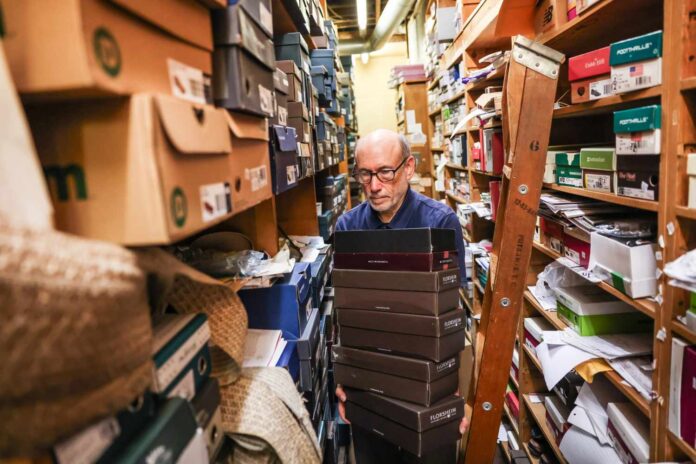:max_bytes(150000):strip_icc():format(jpeg)/GettyImages-2169279798-b40eb23c6a684597bf0be3bb501c0d78.jpg)
Key Takeways
- More older adults are returning to work because Social Security and savings aren’t keeping pace with rising costs for health care, housing, and everyday essentials.
- One in five Americans over 65 is back in the workforce, and projections show that number climbing even higher.
For older adults across the U.S., a return to work is becoming less of a lifestyle choice and more of an economic necessity. While some return to work because they find it meaningful, rising inflation, rapidly increasing medical costs, and soaring prescription drug bills are forcing many retirees back into the workforce—whether behind pharmacy counters, in grocery store aisles, or behind the wheel of a rideshare vehicle.
“The narrative around ‘active aging’ often masks a harsh truth: most seniors working past 70 aren’t there because they love their job at the grocery store. They’re there because they can’t cover rent and prescriptions,” Sadler Hayes, president of Sadler Hayes Associates in New City, New York, told Investopedia.
Fixed incomes simply aren’t keeping up with rising costs. For a growing number of Americans, the traditional 65-and-out retirement plan is becoming a luxury that few can afford.
The Silver Surge
After a wave of pandemic-related retirements, older Americans are streaming back into the workforce. In 2024, about a fifth of people 65 and over were working or looking for work. Indeed, labor-force participation rates show that those ages 65 to 74 had the biggest jump from 2014 to 2024, with participation at its highest rate in decades. U.S. Bureau of Labor Statistics (BLS) projections call for a further increase to 29.6% by 2034, while participation among those 75-plus will rise to over 10%—suggesting that “retirement” is becoming an increasingly elastic concept.
As inflation rises again after retreating from pandemic highs, price pressures have often been highest in staple areas such as health care, food, and housing. These high costs are especially onerous for those living on fixed incomes.
The Economics Behind Those Taking the Survival Shift
Social Security not keeping pace with inflation: Annual cost-of-living adjustments (COLA) to Social Security are legally required to match the broad inflation in a year across the U.S., but don’t make up for price increases in key areas most likely to affect older adults, like housing and health care costs. Overall, advocacy groups estimate benefits have lost about 20% of their real buying power since 2010, contributing to why so many retirees say they’re feeling squeezed.
Rising Medicare and prescription costs: Out-of-pocket costs for health care are another unavoidable expense retirees must plan for. The standard monthly premium for Medicare Part B, for example, rose to $185.00 in 2025 from $174.70 in 2024. While the Inflation Reduction Act caps out-of-pocket prescription drug costs under Part D at $2,000, Hayes points out that, “seniors still face other costs that can challenge fixed incomes—especially those with multiple conditions.”
Shrinking retirement savings: Stock and bond market shifts, longer life spans, and uneven savings have left many older workers approaching (or in) retirement with limited financial cushions. Vanguard found a median 401(k) balance of just $88,488 in 2023 among people 65-plus, which is far below what most experts say is needed to cover ongoing housing, food, and health care costs for decades in retirement.
“Retirement” is becoming more of a continuum and less of a cliff: part-time income, project-based gigs, encore careers, and periods to pause, often for caregiving. With people living longer and traditional pensions all but gone for most workers, jobs in later life are likely to keep becoming more common.
Source link





